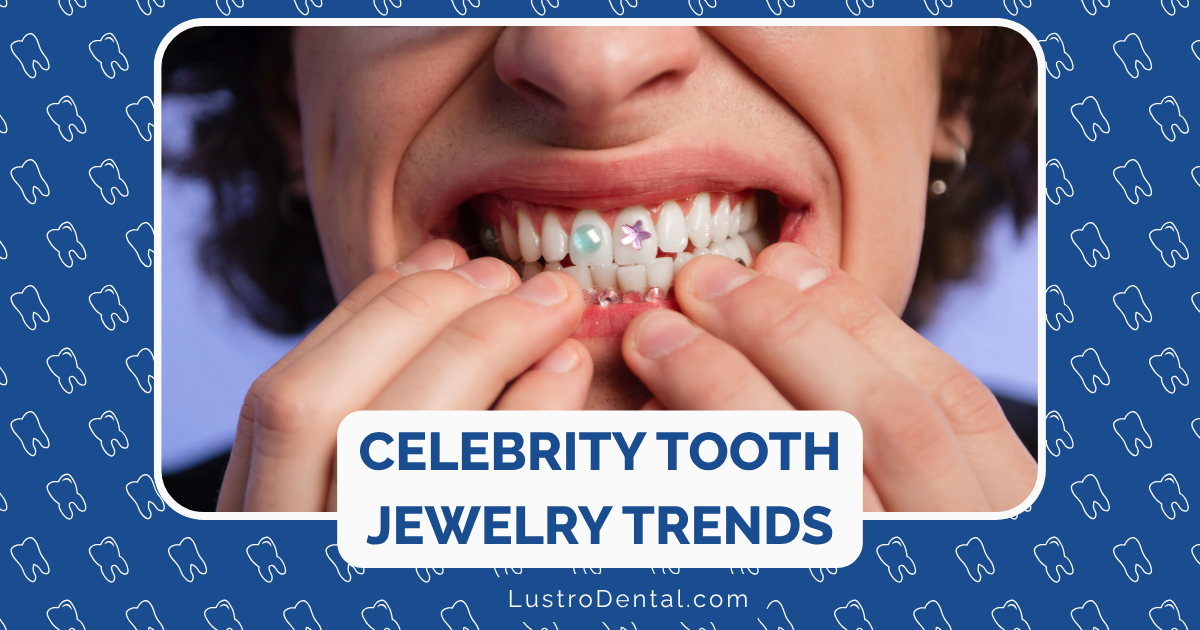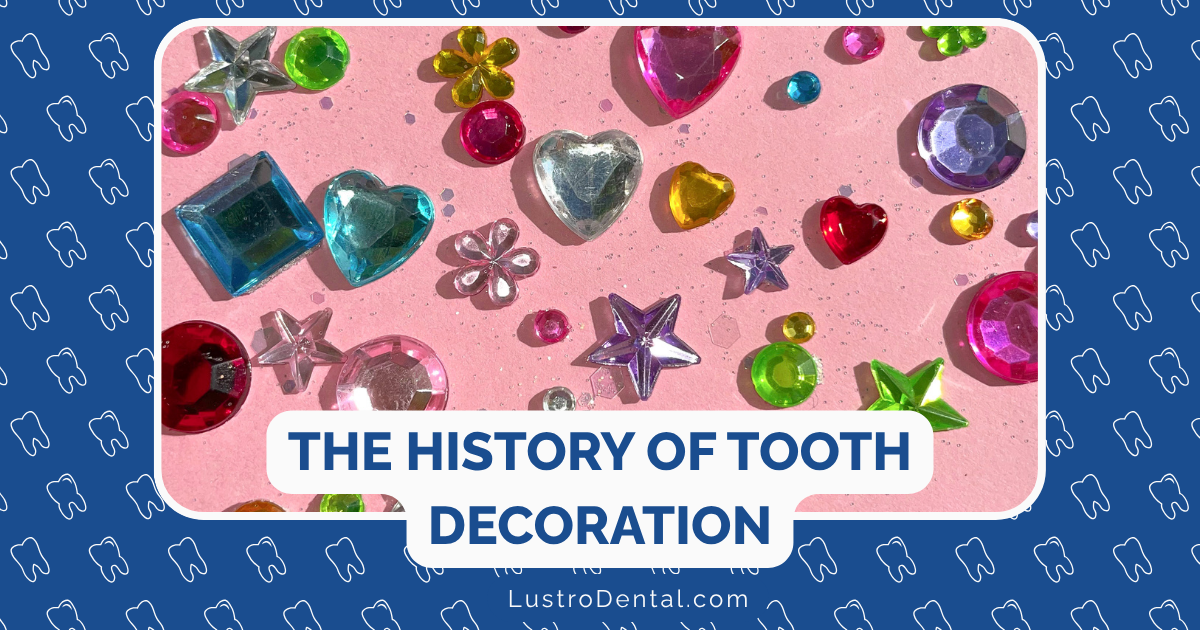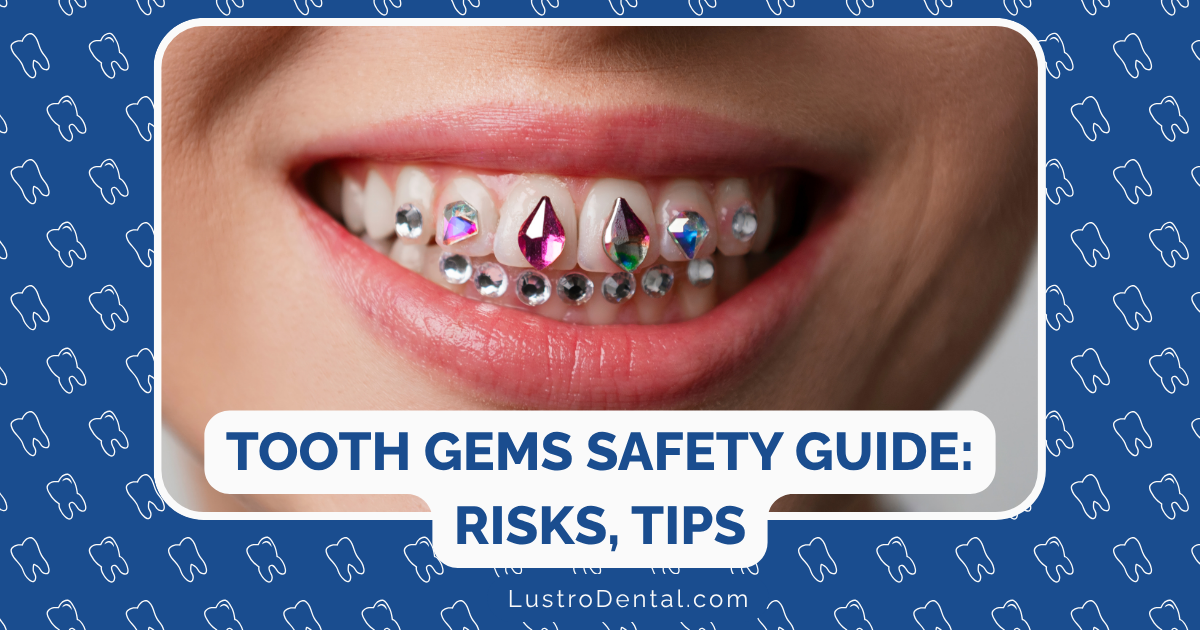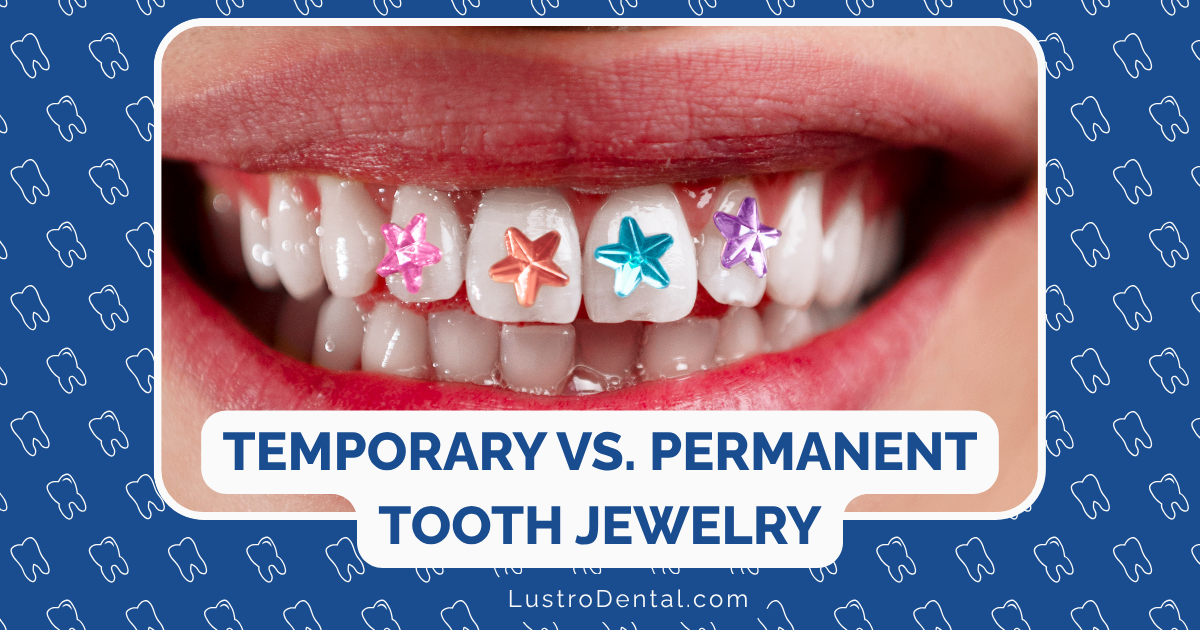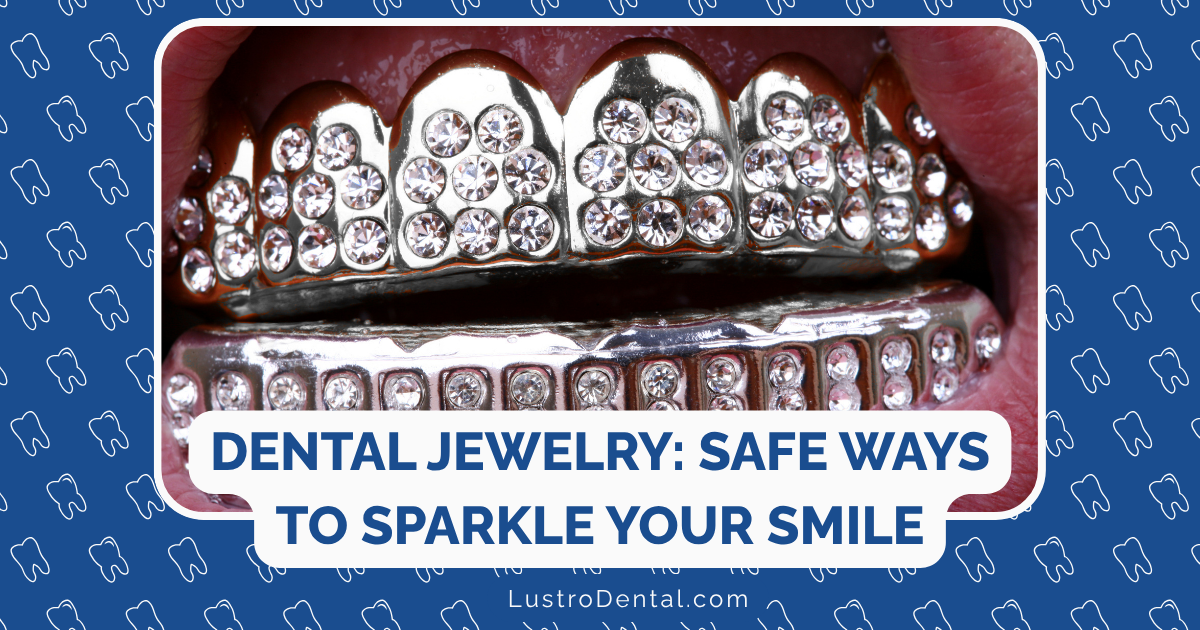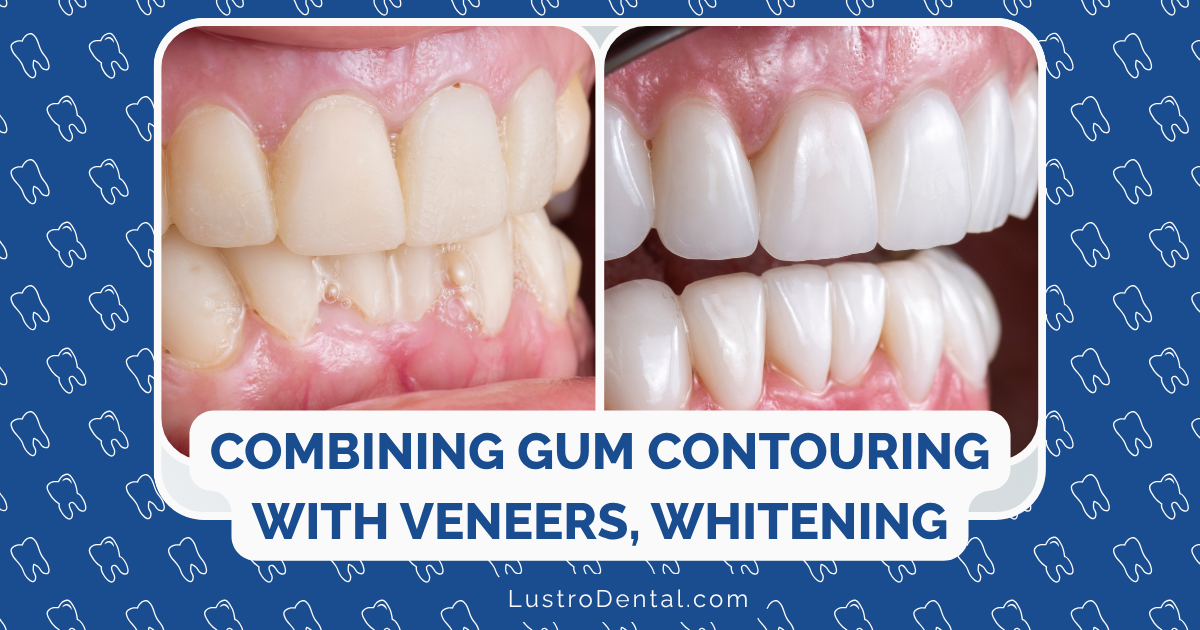Beyond Whitening: Maintaining Your Results for Years, Not Months
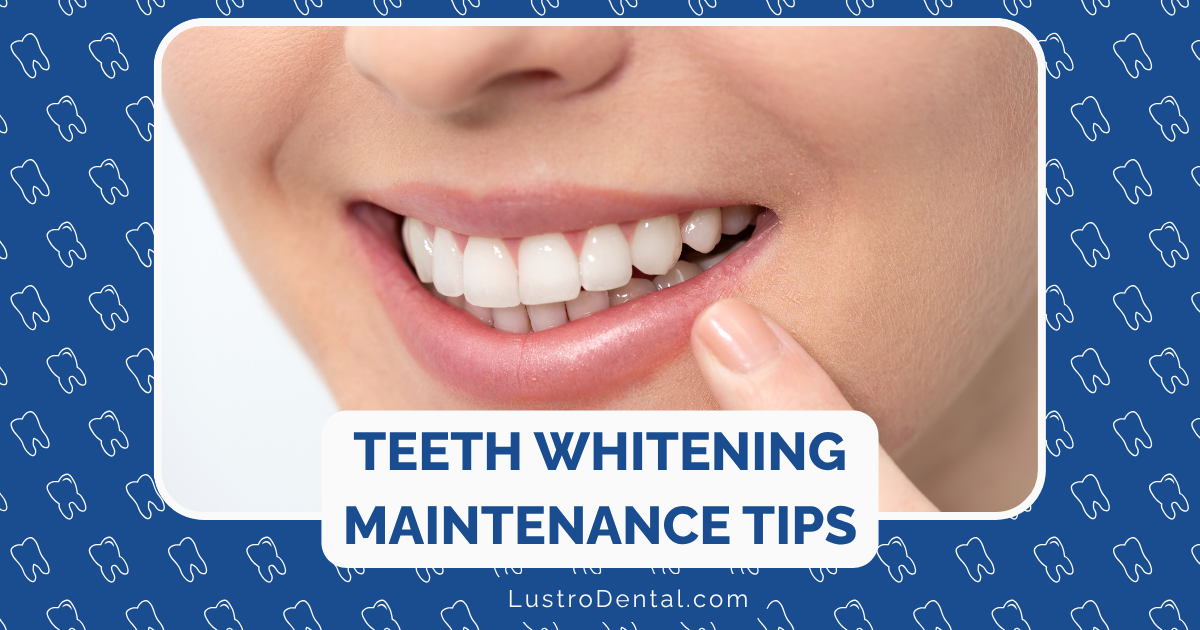
You’ve invested time and money into achieving that dazzling white smile. The transformation is stunning—teeth several shades brighter, your confidence soaring. But here’s the reality that most whitening advertisements don’t emphasize: without proper maintenance, those brilliant results can fade faster than you’d expect.
I’ve guided countless patients through the whitening process, and I’ve noticed a common pattern—people focus intensely on the treatment itself but often underestimate what it takes to preserve those results. The good news? With the right approach, you can extend your whitening results from mere months to several years.
Understanding the Lifespan of Teeth Whitening
Before diving into maintenance strategies, it’s important to understand how long different whitening methods typically last:
- Professional in-office treatments: 1-3 years with proper care
- Dentist-provided take-home kits: 6 months to 2 years
- Over-the-counter strips and kits: 3-6 months
- Whitening toothpastes alone: Results vary, but generally minimal lasting effect
According to the American Dental Association, no whitening method is permanent. Your teeth naturally yellow with age as enamel thins and the yellowish dentin underneath becomes more visible. Add to that the daily assault of staining foods and drinks, and you can see why maintenance isn’t optional—it’s essential.
The Science of Staining: Know Your Enemy
To effectively prevent staining, you need to understand how it happens. There are three main types of tooth discoloration:
1. Extrinsic Stains
These occur on the outer surface of teeth and are caused by pigmented particles in foods, drinks, and tobacco that attach to the protein film (pellicle) on your enamel. Coffee, tea, red wine, and berries are common culprits.
2. Intrinsic Stains
These develop within the tooth structure when staining agents penetrate the enamel and accumulate within the dentin. These are harder to remove and may require professional treatment.
3. Age-Related Stains
These combine both extrinsic and intrinsic factors as enamel naturally thins with age, making the yellowish dentin more visible.
A 2023 study in the Journal of Dental Research found that newly whitened teeth are particularly vulnerable to staining in the first 48 hours after treatment, as the enamel is more porous and absorbent during this time. This “rebound effect” is why immediate post-whitening care is crucial.
Daily Habits for Long-Lasting Whiteness
The Foundation: Impeccable Oral Hygiene
The cornerstone of whitening maintenance is a consistent oral hygiene routine:
- Brush twice daily with a whitening toothpaste containing gentle polishing agents. The American Academy of Cosmetic Dentistry recommends using whitening toothpaste 2-3 times per week, alternating with enamel-strengthening formulas to prevent sensitivity.
- Floss daily to remove plaque between teeth. Plaque can pick up stains and make teeth appear yellower, even if the enamel itself is white.
- Consider a water flosser like the Waterpik, which a University of Southern California study found to be 29% more effective at removing plaque than traditional flossing.
- Rinse with an alcohol-free, whitening mouthwash containing hydrogen peroxide or cetylpyridinium chloride to help maintain brightness.
The Stain Defenders: Dietary Strategies
What you consume has an enormous impact on how long your whitening results last:
The Staining Culprits to Limit:
- Dark beverages: Coffee, tea, red wine, cola, and dark fruit juices
- Acidic foods and drinks: Citrus, tomato sauce, sports drinks, and soda
- Deeply pigmented foods: Berries, beets, soy sauce, and curry
- Tobacco products: Smoking or chewing tobacco (which also carries serious health risks)
Smart Consumption Strategies:
- Use a straw for dark or acidic beverages to minimize contact with front teeth
- Rinse with water immediately after consuming staining foods or drinks
- Chew sugar-free gum containing xylitol after meals when you can’t brush, which stimulates saliva production to naturally cleanse teeth
The Whiteness Allies:
- Crunchy fruits and vegetables like apples, celery, and carrots act as natural tooth scrubbers
- Dairy products like cheese, milk, and yogurt contain calcium and phosphates that help remineralize and protect enamel
- Strawberries contain malic acid, which naturally helps remove surface stains (though their color can stain if not rinsed away)
The Protection Plan: Beyond Brushing
Additional protective measures can significantly extend your whitening results:
- Use a straw for all dark or acidic beverages to minimize contact with your teeth
- Wait 30 minutes before brushing after acidic foods or drinks to avoid damaging softened enamel
- Stay hydrated with water throughout the day to rinse away potential staining agents
- Consider an electric toothbrush with a whitening mode, which research from the Journal of Clinical Dentistry shows can be more effective at removing surface stains than manual brushing
Professional Maintenance: Strategic Touch-Ups
Even with perfect home care, touch-up treatments will eventually be necessary:
In-Office Maintenance Options:
- Mini touch-up treatments: Many dental offices offer shorter, less expensive “boost” treatments for maintaining previous whitening results
- Professional cleanings: Schedule regular dental cleanings every six months to remove surface stains and tartar buildup
- Polishing treatments: Ask about specialized polishing systems that can remove surface stains without full whitening treatment
At-Home Professional Maintenance:
- Custom whitening trays: If you’ve had professional whitening, your dentist can provide custom trays and a lower-concentration gel for periodic at-home maintenance
- Prescribed maintenance schedule: Follow your dentist’s recommended schedule for touch-ups, typically one or two days every 4-6 months
According to Dr. Michael Apa, a renowned cosmetic dentist, “The ideal maintenance protocol is using custom trays with a low-concentration whitening gel for one night every 1-2 months, rather than waiting for noticeable yellowing and then doing a full week of treatment.”
Innovative Products for Whitening Maintenance in 2025
The teeth whitening industry continues to evolve, with new products specifically designed for maintaining results:
Nanotechnology-Enhanced Maintenance Products
Recent dental research has developed nano-hydroxyapatite particles that not only help maintain whiteness but also strengthen enamel. Products like Apagard Royal contain these particles, which fill in microscopic surface irregularities where stains can accumulate.
Remineralizing Whitening Pens
Maintenance pens containing both mild whitening agents and remineralizing compounds allow for targeted touch-ups without sensitivity. The GLO Science ECO Balance Pen combines hydrogen peroxide with calcium phosphates for this dual-action approach.
Advanced Polishing Systems
Home polishing devices like the Oral-B iO with whitening mode use specialized brush heads and settings designed to remove surface stains without damaging enamel, effectively extending professional whitening results.
AI-Powered Whitening Maintenance
The Teeth Culture Smart Whitening Kit introduced at CES 2025 uses AI to analyze your tooth shade and create a personalized maintenance schedule, alerting you when touch-ups are needed before visible yellowing occurs.
Lifestyle Factors That Affect Whitening Longevity
Beyond what you eat and drink, other lifestyle factors significantly impact how long your whitening results last:
Smoking and Vaping
Both traditional cigarettes and e-cigarettes cause significant staining. A study in the Journal of Esthetic Dentistry found that smokers’ whitening results lasted half as long as non-smokers, with visible yellowing returning within 2-3 months.
Medication Side Effects
Certain medications, including some antihistamines, antipsychotics, and high blood pressure drugs, can cause dry mouth, which increases staining potential. If you’re on long-term medication, discuss strategies with your dentist for counteracting these effects.
Grinding and Clenching
Teeth grinding (bruxism) can accelerate enamel wear, making the yellowish dentin more visible over time. If you grind your teeth, a night guard not only protects your enamel but helps preserve your whitening results.
When to Consider Re-Treatment
Despite your best efforts, re-treatment will eventually be necessary. Here are signs it’s time:
- Visible yellowing has returned, especially compared to a “before” photo
- You notice increased staining around the edges of dental work
- It’s been 1-3 years since your professional treatment (depending on your lifestyle factors)
- You have an important event coming up and want to refresh your smile
Dr. Jennifer Sanders, cosmetic dentistry specialist, advises: “Rather than waiting until your teeth have significantly yellowed again, which would require a full whitening treatment, schedule maintenance appointments at regular intervals. This approach is gentler on your teeth and more effective at maintaining consistent whiteness.”
The Balanced Approach to White Teeth
While maintaining your whitening results is important, balance is key. Obsessing over perfectly white teeth can lead to overuse of whitening products, enamel damage, and increased sensitivity.
Remember that natural teeth are rarely pure white. A shade that complements your skin tone and looks natural is the ideal goal—not necessarily the brightest white possible.
As I tell my patients: the most beautiful smile is a healthy smile. Prioritize oral health first, and whiteness will follow more naturally and last significantly longer.
Your Personal Whitening Maintenance Plan
To maximize your whitening investment, create a personalized maintenance plan:
- Schedule a post-whitening consultation with your dentist to develop a custom maintenance strategy based on your specific needs
- Set calendar reminders for periodic at-home touch-up treatments
- Create a “whitening-friendly” shopping list of foods and products that help maintain your results
- Take “before” photos to objectively track any changes over time
- Consider your lifestyle factors and make adjustments where possible to protect your investment
The Future of Your White Smile
With the right maintenance approach, your whitening results can last years rather than months. The key is consistency, prevention, and strategic touch-ups before significant yellowing returns.
By understanding the science of staining, implementing daily protective habits, and utilizing professional maintenance options, you’ll enjoy that confidence-boosting white smile for the long term—making your whitening investment truly worthwhile.
What strategies have helped you maintain your whitening results? Share your experiences in the comments below!


